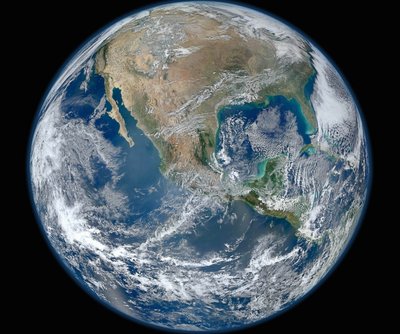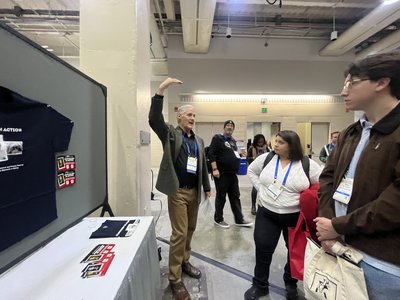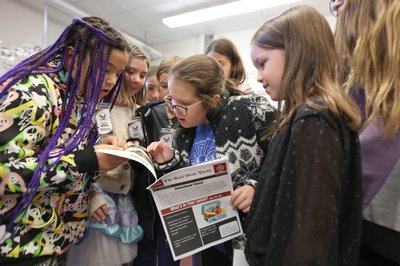Monica Nardone, elementary school teacher, Trenton, New Jersey
It’s clear to me that students today are facing a barrage of exceptionally difficult news, including headlines about climate change and how it wreaks havoc on people and communities, sometimes very close to home.
There’s evidence that the average six-year-old will experience three times more climate disasters than their grandparents. When students see or hear about an increasing number of headlines featuring wildfires in Hawaii and the midwest or storms and hurricanes in Florida or flash flooding along the eastern seaboard and even in Los Angeles — they’re exposed to a pervasive sense that something is wrong.
In response, our school county and the entire state of New Jersey in 2020, mandated climate education in the classroom. I was both excited and a little cautious.
For my first climate class, I started teaching my students using the book, “Sophia Valdez For Prez.” It's about a young environmentalist who helps clean up her community. The book helped kickstart a class conversation about the garbage filling up our on own streets, and my class of eight-year-olds began to realize how their own lives and neighborhoods are affected.
These stories have sparked concern in my classroom but have also helped my students understand how they can make the change they want to see in their own world.
We also listened to “Here Comes the Garbage Barge,” an audiobook recalling the true story of a barge back in the 1980s, forced to haul the same load of waste up and down the east coast until they finally found a way to dispose of it. This opened my students' eyes to where trash really goes if we aren’t careful.
In years past, my students have enjoyed the film “Wall-E,” a futuristic take on the world that tells the story of a little robot left to clean up the garbage on an uninhabited Earth. These stories have sparked concern in my classroom but have also helped my students understand how they can make the change they want to see in their own world.
More recently, students have called for a recycling program in our own school and are working together to make it a reality.
The first step students have taken is to compile questions to ask our principal, so we can figure out how to implement the recycling program. In my math class, we will gather data to get an idea of how much we can save from going to landfills, if we recycle more. This helps show students real statistics matter and is evidence for how they can make an actual difference.
READ MORE: UN agency issues ‘red alert’ on climate change after record heat, ice-melt increases in 2023
The other day we had to-go lunches due to an early dismissal, and one of my students called out to a peer (from another class) who had thrown their plastic wrapped, pre-packaged carrots on the ground. These kids are eight- and nine-years-old but are still making an effort to hold each other accountable, and even us teachers, too.
This Earth Day, I have a hands-on lesson about landfills planned. Many students think landfills are these obvious, huge smelly piles of trash, but instead they look like hills constantly being excavated because of the continuous layering of garbage and soil, creating garbage mountains.
I am going to create a model landfill in a container filled with rocks with layers of soil, then real trash, then more soil, and so on, to show my students what really happens when you throw something away -- it never actually goes away.
I worry about the state of the world, but I also realize how powerful education can be in addressing the challenge.
For me, teaching about climate change has made me a little bit more stressed about the situation — after all, ignorance is bliss. Growing up as a child of the 70s, I was always told climate change would happen eventually, I just never thought it would happen in my own lifetime. I worry about the state of the world, but I also realize how powerful education can be in addressing the challenge.
Making climate education universal means everyone is aware of the stakes we all face. It’s the only way we can address climate change head on.
There’s a climate education report by EarthDay.org, which maps all this out — how engaging with climate education in lessons and using social emotional learning techniques helps teachers like me play an important role in alleviating climate anxiety in our students.

Climate education has to be taught consistently across all subjects — for all students — in order to make it unavoidable and part of their reality. There are loads of toolkits like the one from EarthDay.org that are there to help us, too.
I hope all students get to experience the calming effect of climate education in their classes. Having seen the benefits firsthand, I am more hopeful than ever before.
About the author
Monica Nardone has spent the past six years as a third grade teacher at Joseph Stokes Elementary School in Trenton, New Jersey. She has taught for 28 years.
If you'd like to pitch a story idea for Educator Voice, contact Vic at vpasquantonio@newshour.org.






